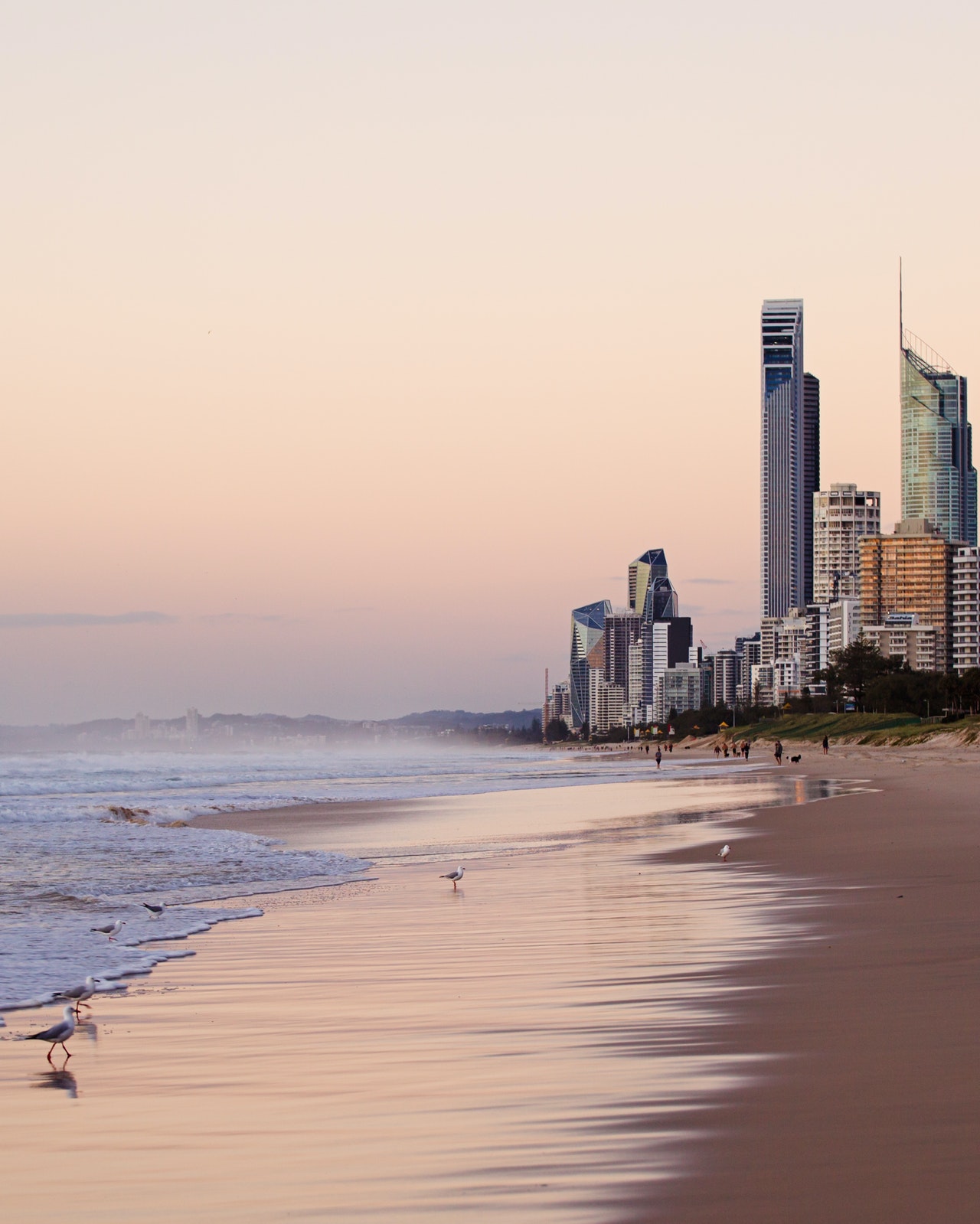Last week Treasurer Josh Fyenberg released another groundbreaking Federal Budget. This year’s budget has been labeled a ‘Jobs Budget’ due to its focus on curbing unemployment and for businesses, especially small-to-medium businesses, to lead the nation’s economic recovery. SBC Media sat down with economist David Robertson, Head of Economic and Markets Research at Bendigo and Adelaide Bank, to discover how this budget will impact small business and influence Australia’s economic outlook.
What are the major small business features of the 2021 Federal Budget?
It was good to see the extension of the instant asset write-offs for small businesses, to encourage more investment in machinery and equipment. The tax rate for SMEs was already flagged to fall to 25% in the financial year of 2022. Which together with other tax breaks, including the launch of a ‘patent box’ for new patents developed in Australia, will support new business investment. Most businesses are going through digital transformations and updating their business model, partly in response to COVID-19, so these measures and others in ‘digital innovation’ will help with start-ups as well as SME transformation programmes.
 Can Australia really afford two expensive Federal Budgets in a row?
Can Australia really afford two expensive Federal Budgets in a row?
Australia is very fortunate to have its sovereign AAA credit rating, which has been affirmed since the budget, and a sound financial system with a strong central bank and relatively low debt levels prior to the pandemic. This means it can afford this additional spending and the government debt required to fund it. Out net debt to GDP ratio is forecast to rise to 41% by 2025. While comparable economies around the world already had a debt to GDP at or above 100%. The deficits are a change in policy for a fiscally conservative government but are desirable, and absolutely affordable.
What does the 2021 Federal Budget predict about Australia’s economic outlook?
The budget recognises that our economy is bouncing back strongly – but that it needs further support to ‘cross the bridge’ from where we were in 2019 for a sustainable post-pandemic economy. The alignment of monetary policy; the RBA’s low-interest-rate commitment combined with this budget’s fiscal policy, which avoids the temptation to revert to budget repair too quickly, both recognises the need for this support and makes achieving full employment far more realistic.
 The Budget assumes borders will remain closed until 2022 – what does this mean for the economy?
The Budget assumes borders will remain closed until 2022 – what does this mean for the economy?
The slow reopening of the borders is a challenge and points to the need to accelerate vaccine programmes. But fortunately, there is an opportunity for Australians to holiday locally to offset the lack of international demand. In 2019 Australians spent more on overseas holidays than international tourists spent here. Nevertheless reopening the borders is urgent, including assisting with filling job vacancies where shortages are evident, and a return to migration growth will be most welcome, including for regional economies as many are growing more quickly than the capital cities.
 What should Australia do to position itself for strong growth post-Covid?
What should Australia do to position itself for strong growth post-Covid?
For the moment our economy is in much better shape compared to most of the world; having experienced a more shallow recession than most other countries last year. Although the best way to reduce our debt burden this decade is to grow the economy sustainably. This will require structural reform and measures to drive ‘inclusive growth’, which will need greater adoption of emerging technologies at the same time as broader reform, e.g. tax reform, industrial relations reform and similar endeavours for education, healthcare and renewables. Some of the budget measures opened the door for this approach, including incentives to attract talent from overseas, but the task is broad and complex, and in many cases needs bi-partisan support.
Where do you see Australia’s economy in 2022?
The economy is now likely to expand strongly through 2021 to 2022 with unemployment steadily falling to 4.5% thanks to this support, as long as vaccination programmes gather momentum, which will help to minimise snap lockdowns and will help to reopen borders more quickly.

David Robertson, Head of Economic and Markets Research at Bendigo and Adelaide Bank & Keynote speaker at the SBC Summit, April 2021





 Can Australia really afford two expensive Federal Budgets in a row?
Can Australia really afford two expensive Federal Budgets in a row?  The Budget assumes borders will remain closed until 2022 – what does this mean for the economy?
The Budget assumes borders will remain closed until 2022 – what does this mean for the economy? What should Australia do to position itself for strong growth post-Covid?
What should Australia do to position itself for strong growth post-Covid?
